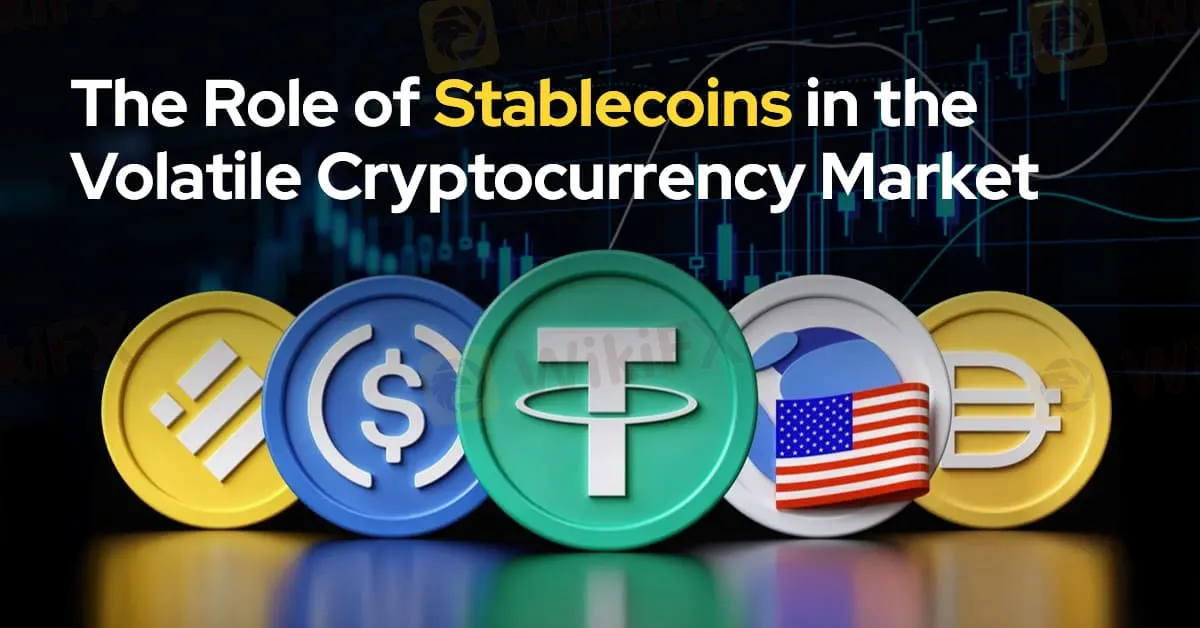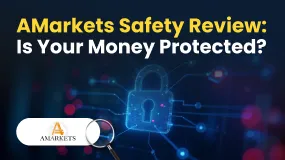Abstract:In this article, we’ll explore stablecoins, how they work, and why they play a crucial role in the volatile cryptocurrency market.

Introduction
The cryptocurrency market is known for its extreme volatility, with major digital assets like Bitcoin and Ethereum frequently experiencing large price swings within short time frames. This volatility presents opportunities and challenges for investors, businesses, and developers. In response, stablecoins have emerged as a solution to help stabilize the market, offering the benefits of cryptocurrencies without the same level of risk. In this article, well explore stablecoins, how they work, and why they play a crucial role in the volatile cryptocurrency market.
What Are Stablecoins?
Stablecoins are a type of cryptocurrency designed to maintain a stable value, typically pegged to a reserve asset such as the U.S. dollar, Euro, or a commodity like gold. Unlike traditional cryptocurrencies, whose prices are influenced by supply and demand dynamics, stablecoins are backed by assets that provide them with a consistent value.
Types of Stablecoins:
- Fiat-Collateralized Stablecoins
These stablecoins are backed by fiat currency reserves held by a central authority. Examples include Tether (USDT), USD Coin (USDC), and Binance USD (BUSD). Each token is pegged 1:1 to a fiat currency, such as the U.S. dollar, ensuring stability.
- Crypto-Collateralized Stablecoins
These stablecoins are backed by other cryptocurrencies, which helps maintain their value. For example, DAI is a popular crypto-collateralized stablecoin backed by Ethereum and other assets in the MakerDAO system. To account for potential volatility, they are typically over-collateralized.
- Algorithmic Stablecoins
Unlike fiat- or crypto-backed stablecoins, algorithmic stablecoins rely on smart contracts and algorithms to maintain their price. They automatically adjust the supply of the stablecoin to keep its value stable, as seen with projects like TerraUSD (UST) before its collapse, which highlighted the risks associated with this model.

Why Stablecoins Are Important in a Volatile Market
The cryptocurrency markets volatility can be both a benefit and a drawback. While price swings attract traders seeking profits, they also deter people and businesses looking for reliable means of exchange. Stablecoins address these issues in several ways:
- Providing Stability in Transactions
Stablecoins allow individuals and businesses to conduct transactions without worrying about price fluctuations. They are often used as a bridge currency between traditional finance and cryptocurrency, making it easy to send and receive payments in a reliable manner.
- Increasing Accessibility for Traders and Investors
Stablecoins act as a safe haven during periods of volatility, allowing traders to quickly convert their holdings into a stable asset without leaving the cryptocurrency ecosystem. This provides a way to “park” value temporarily while waiting for favorable market conditions.
- Facilitating Decentralized Finance (DeFi) Applications
Stablecoins are a cornerstone of the DeFi ecosystem, where they are used in lending, borrowing, and yield farming. The predictable value of stablecoins allows users to participate in DeFi without worrying about the impact of price fluctuations on their investments.
- Enabling Cross-Border Transactions
Stablecoins enable fast, low-cost cross-border payments, eliminating intermediaries and reducing fees. This is particularly beneficial for those in regions with limited access to banking services or in countries experiencing hyperinflation, as stablecoins provide an alternative store of value.
Stablecoins and Market Liquidity
Stablecoins play a significant role in adding liquidity to the cryptocurrency market. They act as an intermediary asset, allowing traders to move between volatile cryptocurrencies and a more stable option easily. This increased liquidity helps reduce market slippage, improves the efficiency of trades, and contributes to market stability.
Liquidity Providers in Crypto Exchanges:
Many centralized and decentralized exchanges use stablecoins like USDT or USDC as primary trading pairs for cryptocurrencies. This boosts liquidity and simplifies trading by providing a consistent reference point.
Access to Yield Generation:
Stablecoins also enable users to earn returns through DeFi platforms and interest-bearing accounts on exchanges, offering liquidity to DeFi applications while providing investors with a source of passive income.
Challenges and Risks Associated with Stablecoins
Despite their benefits, stablecoins come with challenges and risks, including regulatory scrutiny, collateral risks, and operational transparency.
- Regulatory Uncertainty
Governments and regulatory bodies are increasingly scrutinizing stablecoins due to their resemblance to traditional financial instruments. In the U.S., the SEC and other agencies are looking into ways to regulate stablecoins, which may impact their usage and development.
- Collateralization Risks
Fiat-backed stablecoins require the issuing companies to hold reserves in traditional banks or investments. There have been concerns about whether stablecoin issuers hold adequate reserves to back all circulating tokens. Transparency and regular audits are necessary to ensure that they are indeed “fully collateralized.”
- Algorithmic Stability Challenges
Algorithmic stablecoins are inherently riskier as they depend on maintaining demand through smart contracts and algorithms. The collapse of TerraUSD (UST) in 2022 highlighted the vulnerability of algorithmic models and their susceptibility to market manipulation.
- Counterparty and Custodial Risks
Stablecoins rely on custodians to hold reserves, and if the custodian fails or mishandles funds, it can destabilize the value of the stablecoin. Additionally, centralized stablecoins introduce counterparty risk, as holders depend on the issuing institutions solvency and integrity.
The Future of Stablecoins in the Cryptocurrency Market
As stablecoins grow in popularity, they are likely to evolve in response to regulatory developments, technological advancements, and changing market dynamics. Here are some potential trends to watch:
- Increased Regulation and Transparency Requirements
Regulatory frameworks may soon require stablecoin issuers to disclose more detailed information about their reserves and undergo regular audits, which could boost confidence in their stability and legitimacy.
- Integration with Central Bank Digital Currencies (CBDCs)
Some governments are exploring CBDCs as a way to modernize their financial systems. Stablecoins may find complementary roles alongside CBDCs, potentially acting as intermediaries between public and private sectors.
- Innovation in Algorithmic and Crypto-Collateralized Models
New algorithmic models are being developed to improve stability mechanisms, while crypto-collateralized stablecoins may increase their collateralization ratios to reduce risk. These innovations will continue to evolve in response to market demand.
- Use in Tokenized Assets and Smart Contracts
As blockchain adoption grows, stablecoins are likely to be used in tokenized assets, representing real-world assets on the blockchain, and smart contracts, facilitating automation and settlement in decentralized applications.
Conclusion
Stablecoins have proven essential in the volatile cryptocurrency market, offering stability, accessibility, and liquidity that traditional cryptocurrencies often lack. They are not without challenges, as regulatory scrutiny and operational risks remain key considerations. However, stablecoins are set to play a central role in the evolving cryptocurrency landscape, bridging the gap between volatile digital assets and the security of fiat currency. For traders, investors, and businesses, understanding the role of stablecoins provides valuable insights into how to navigate the broader crypto ecosystem safely and efficiently.











